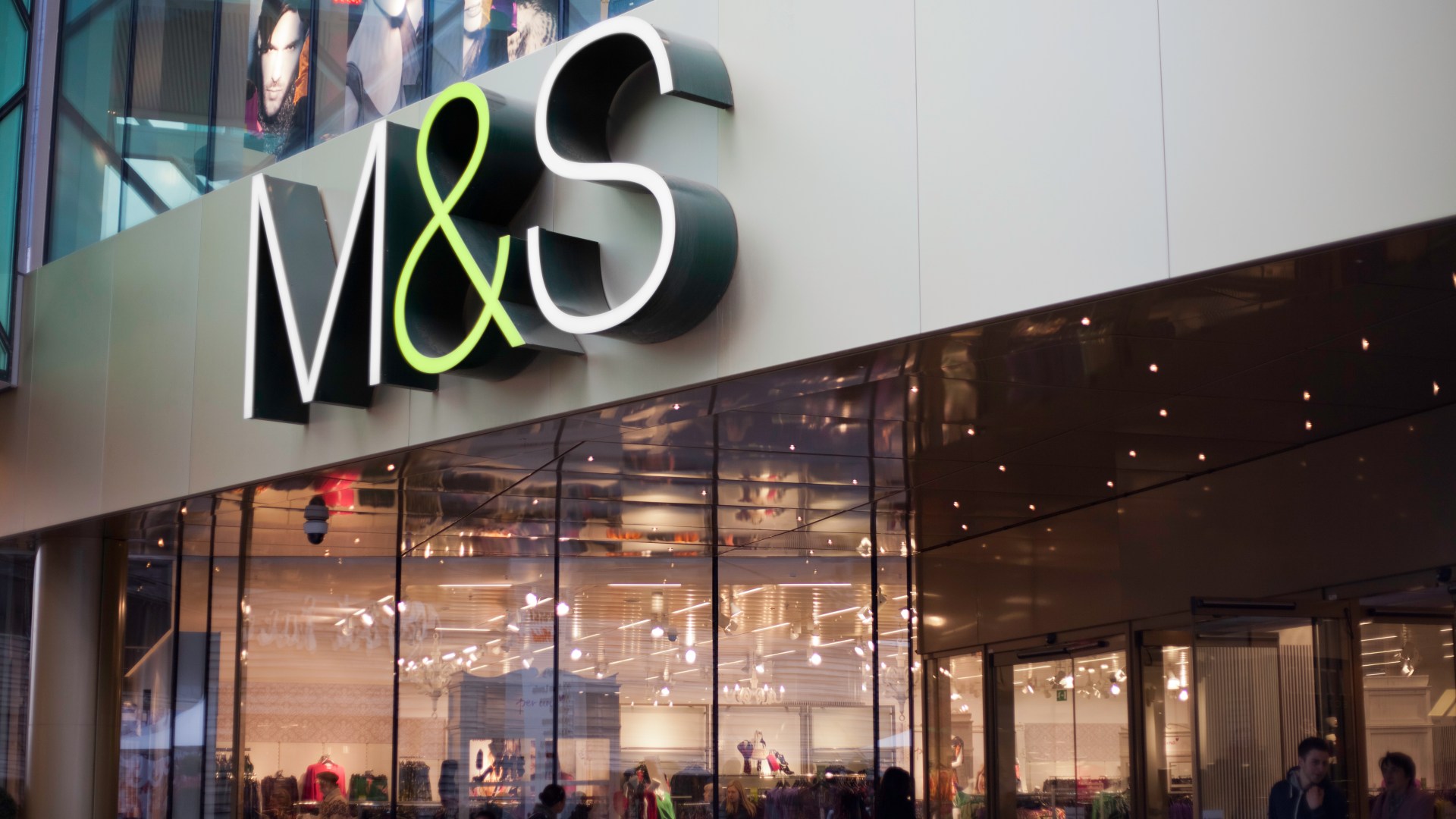A series of strong economic data has persuaded investors swing behind US central banker hints that the Federal Reserve will only cut interest rates gradually in the coming months. Next week’s inflation figures mark the next point to shape investor thinking.
Thursday sees consumer price inflation figures with producer price numbers due on Friday. Before both, the minutes of the Federal Reserve’s September meeting, due on Wednesday, should reveal more about the debate that led the bank’s rate-setting committee to cut rates by half a percentage point in its first divided decision in almost two decades.
A blowout payrolls report last week showed the US adding 240,000 jobs in September, far more than forecast, and pushing futures contracts to imply about a 90 per cent probability that the Federal Reserve will only cut interest rates by a quarter-point when it meets in early November.
Thursday’s consumer price index is expected to support that with only muted price pressures seen last month. The core index — stripping out volatile food and energy — is expected to have risen 0.2 per cent month-on-month, according to economists polled by Reuters, while the headline reading is predicted to rise 0.1 per cent on the same basis. Year on year, that would put the two at 3.2 per cent and 2.3 per cent respectively, estimate analysts at Barclays.
“Inflation outcomes along the lines of our forecasts should reinforce the [Fed’s] confidence that the disinflation process is intact and would likely keep the focus on upcoming labour market data and other indicators of activity,” US economist Pooja Sriram wrote in a note to clients. Jennifer Hughes
Is the yen carry trade back?
An unexpected rate hike in August led to a dramatic unwinding of the so-called yen carry trade, through which investors and speculators borrow yen to fund trades in higher yielding currencies and assets.
Comments from Japan’s incoming prime minister, Shigeru Ishiba, suggesting the economy is not ready for further rate rises, has been taken by some investors as a sign that it is safe to re-enter the trade.
The yen fell almost 3 per cent last week to ¥146 to the US dollar, triggering a small rally in Japanese equities, particularly export-heavy companies that benefit from a weaker currency.
“Investors took those comments as a green light to rebuild the carry trade”, said Wei Li, head of multi-asset investments based in China at BNP Paribas.
“We are in a risk-on environment”, he said, adding that demand to borrow yen to fund riskier trades was coming back as confidence in the US economy remains strong.
Tomochika Kitaoka, Nomura’s chief equity strategist in Japan, warned that the data behind whether investors were piling back into the carry trade was “imperfect”, adding there was evidence that some hedge funds had returned to net short positions in the yen.
“Before the Japanese snap election [on October 27], it’s a relatively safe window to review the carry trade”, added Li. Arjun Neil Alim
Is the UK economy growing again?
The UK economy is expected to return to growth in August after two months of stagnation, according to official data published on Friday.
The robust expansion of the UK economy at the beginning of the year has strengthened the argument for a gradual approach to reducing interest rates until clearer indications of a decrease in the high inflation in the services sector. In August, services in inflation rose to 5.6 per cent from 5.2 per cent in the previous month.
However, economic growth in the second quarter was revised down to 0.5 per cent, marking a slowdown from the 0.7 per cent in the previous quarter. Incoming data suggest growth could slow to 0.3 per cent in the third quarter, but the figures for August will bring greater clarity. Economists polled by Reuters expect that GDP expanded by 0.2 per cent month-on-month in August.
Last week, the governor of the Bank of England said bank’s rate-setters could be “a bit more aggressive” in lowering borrowing costs. However, the BoE’s chief economists warned against rapid rate cuts saying: “It will be important to guard against the risk of cutting rates either too far or too fast” and cautioned for a “gradual withdrawal”.
Ellie Henderson, an economist at Investec, is more optimistic than the consensus, expecting a rebound in retail sales and the absence of junior doctor strikes to fuel a 0.3 per cent expansion.
She said that while activity in the autumn might be temporarily depressed due to households and businesses holding off on large purchases and investments ahead of the Budget on October 30, the monetary policy easing cycle and strong growth in real household disposable income will “continue to support economic momentum”. Valentina Romei














































































































































You must be logged in to post a comment Login